- Home•
- Categories•
- Product Information•
- Attachments•
- Overdenture Studs•
- Rothermann Attachment
Attachments
This page is provided for technical assistance purposes only. Preat Corporation no longer supplies the components to service and/or repair this attachment system. Please feel free to contact us directly with any further questions or concerns.
Indications
Removable, retentive, rigid or resilient restoration on devitalized roots
Contraindications
Unilateral free-end restorations without transversal blocking
Hybrid dentures fitted on one single root cap
Sterilization
All components are non-sterile
Features
- The Rothermann is vertically the smallest rigid or resilient overdenture attachment available today.
- The resilient Rothermann allows for both vertical and rotational movements.
- Two configurations are available, the anterior (retention area on the lingual) and the posterior (retention area along the ridge).
- The Rothermann white gold male has solder directly built in, no additional solder is needed.
- The gold females are adjustable.
- The resilient Rothermann attachment allows for a divergence of about 5 degrees. The Solid Male Spacer is used to block out occlusally over the male attachment prior to processing acrylic.
- No special tools required
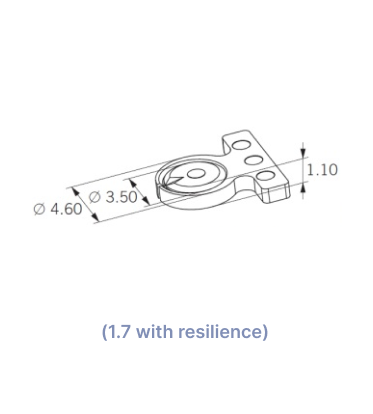
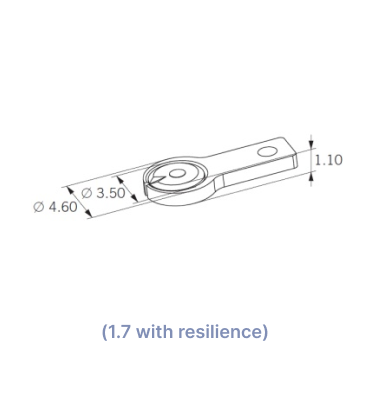
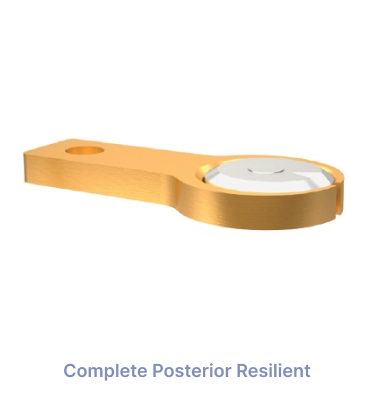
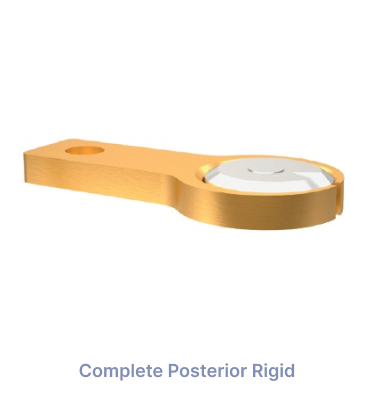
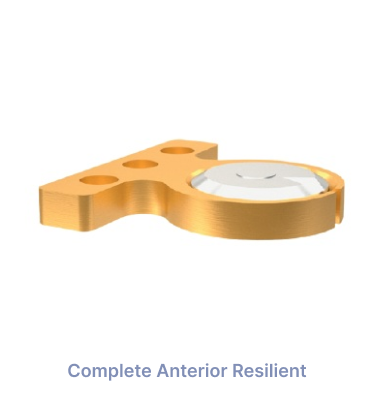
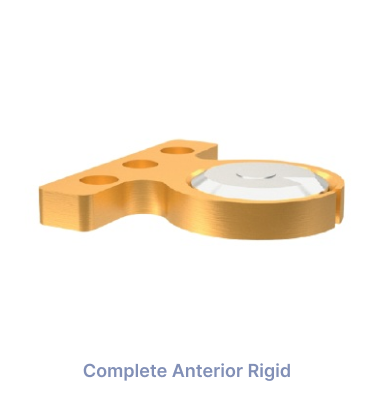
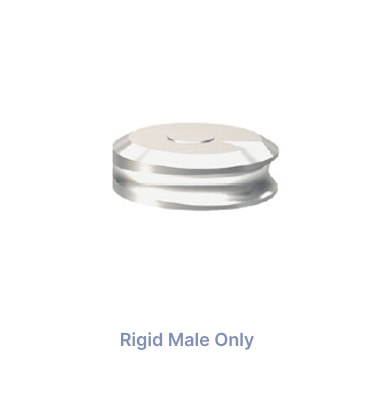
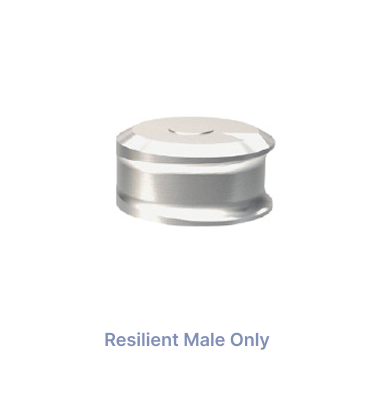
Precious (60% gold) male for soldering onto the occlusal plane of root coping. No additional solder necessary. Solder at 750° C.
Do not harden.
960-1065° C Melting Range
Precious (60% gold) male for soldering onto the occlusal plane of root coping. No additional solder necessary. Solder at 750° C
Do not harden.
960-1065° C Melting Range

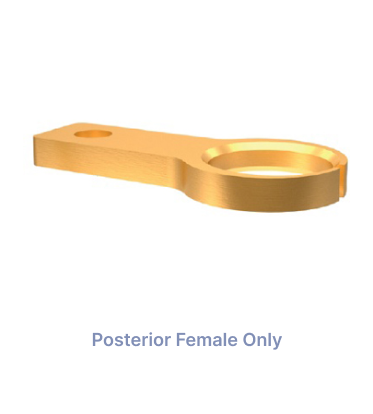
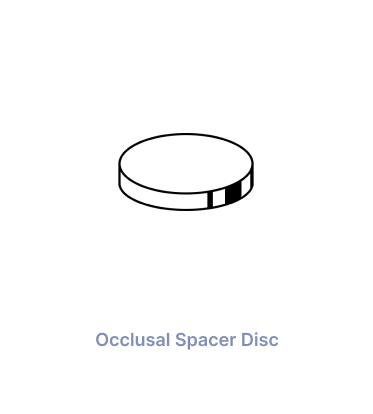
Tin, assures vertical resilience. Mounted on male part during polymerization. Included with complete resilient attachment.
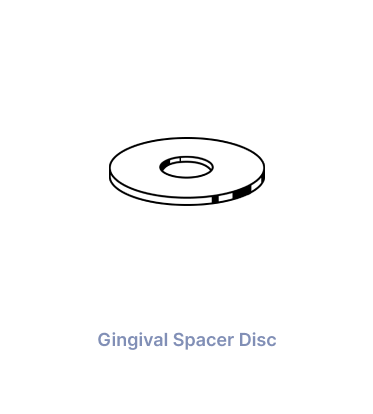
Tin, assures vertical resilience. Mounted between male and female parts during polymerization. Included with complete resilient attachment.
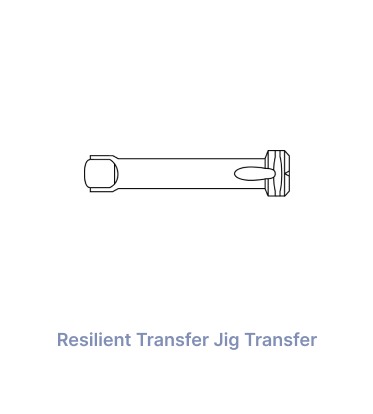
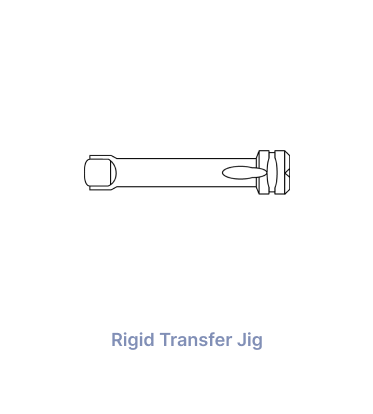
Characteristics
As this attachment is very low, the male part may be positioned without using a parallelometer. The quantity of the solder integrated into the center of the male is sufficient to solder it to the root coping without adding solder.
Design Considerations
For bilateral insertion and free-end dentures, cast framework transversal connections such as plates in the upper or sublingual connectors in the lower jaw are used. It is important that these constructions are absolutely rigid. Rigid unilateral dentures must be blocked transversally.
Flatten occlusal surface of cast coping perpendicular (90 degrees) to the path of insertion. Multiple attachments must be set parallel. Use the silicone matrix of the denture setup to verify space for the attachments.
Minimum Vertical Height:
1.1mm for solid Rothermann
1.7mm or resilient Rothermann plus teeth.
ANTERIOR
Rothermann, Anterior Solid H=1.1mm Fø=4.6mm Mø=3.4mm EO
Rothermann, Anterior Resilient H=1.7mm Fø=4.6mm Mø=3.4mm EO
Number of Parts:
2 for the Solid Rothermann
4 for the Resilient Rothermann
POSTERIOR
Rothermann, Posterior Solid H=1.1mm Fø=4.6mm Mø=3.4mm EO
Rothermann, Posterior Resilient H=1.7mm Fø=4.6mm Mø=3.4mm EO
The opening of the female clip must align with the occlusal index on the male attachment. Place the male attachment on the coping with the index pointing up. Mark the position of the index on the coping.
When two root copings are in succession in the posterior region of a quadrant, the combined use of a rigid anchor with a resilient anchor is recommended. Normally the rigid anchor will be placed on the anterior and the resilient attachment on the posterior abutment. To prevent rocking movements and overloads, the two root copings must not be blocked.
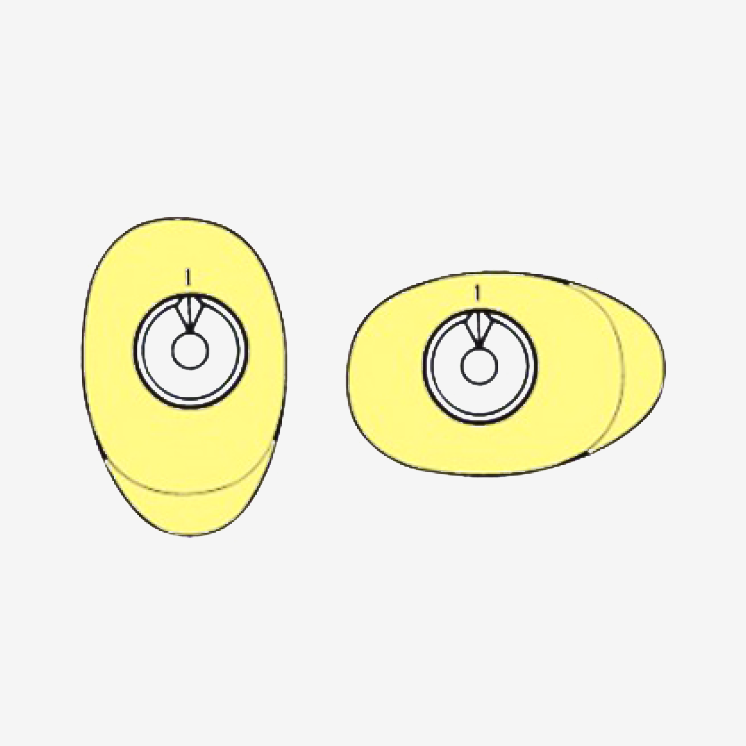
- Soldering is simplified thanks to the slight extension of solder on the underside of the male part making direct contact on the root cap.
- Separate the male and female parts before soldering.
- Solder over a bunsen burner; the solder in the center of the male will turn shiny then drop, forming a small dimple.
- The male alloy must not be annealed or hardened after soldering (Danger of fracture due to brittleness of the alloy).
- If components of anchors oxidize strongly during soldering, remove the oxide layer with a fiberglass brush.
- Do not use sandblasting or any other abrasive products such as pre-polishing paste.
Complete denture fabrication as usual.

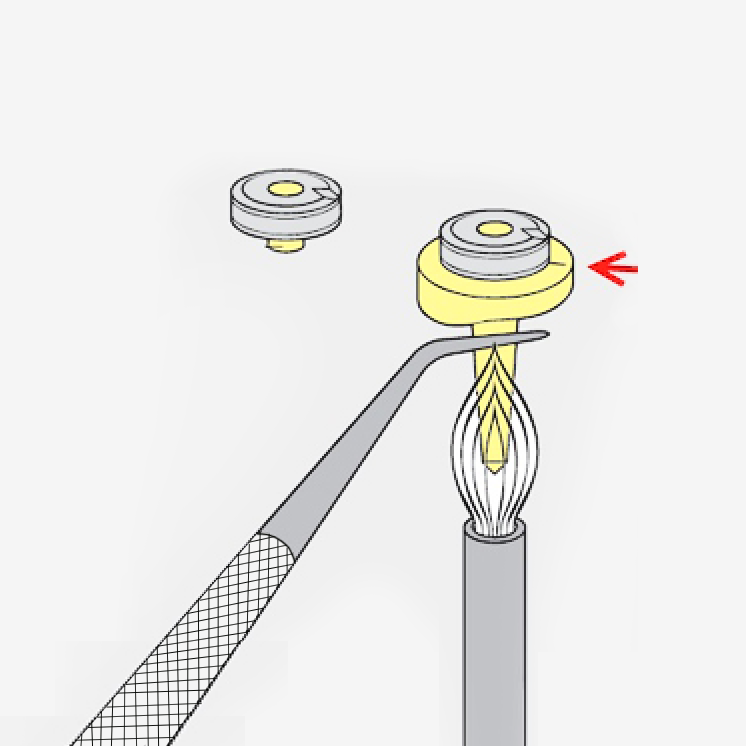
Place the large tin spacer between the male and female for resilient attachments. Set the female clip on the male, aligning the opening on the female clip with the occlusal index on the male.
All female parts in the same arch must be aligned so that their arms can be opened and closed simultaneously when the denture is inserted or removed from the mouth.
Before polymerizing the females into the denture, it is advisable to fix them into place by applying a small amount of self-curing resin to their perforated retainers.
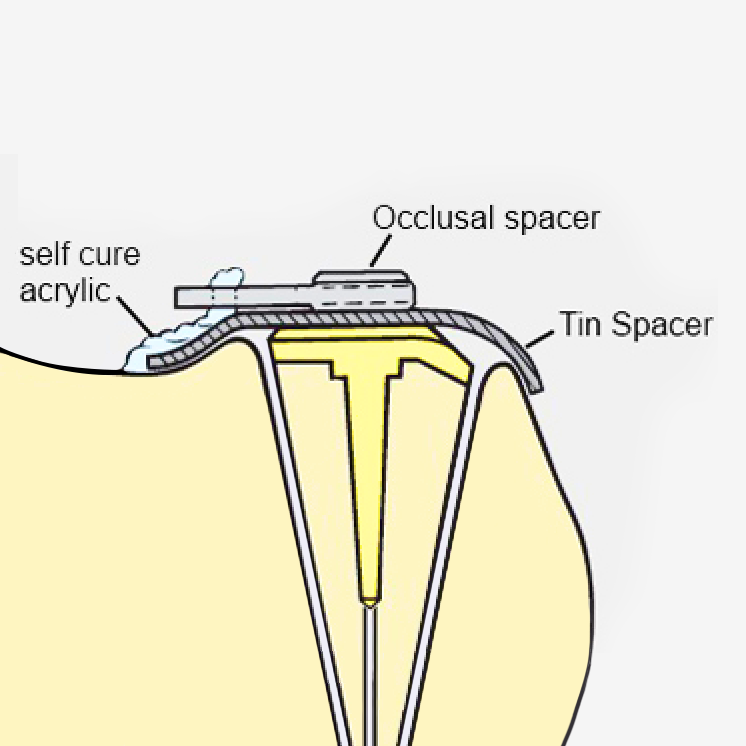
Block out the center of the male and the retaining arm of the female with a 1 mm coat of cement, wax or Flexistone. The occlusal surface must remain exposed. To ensure that the removable denture is resilient, the tin gingival spacer must be adapted to the root post cap prior to polymerization, placed on the male and the occlusal spacer adhered to the male. Block out the retaining arms.
Once the denture has been released from the master model, all the block out material is removed from the retaining arms to ensure that they are fully mobile when the denture is inserted/removed. The occlusal spacer must also be removed from the denture.
Modifications / relines: When modifying or relining the denture, the appropriate transfer jigs should be placed on the new working model in place of the male parts. When using rigid attachments, the impression can either be taken with the females placed on the males or without the females. When using resilient attachments, the impression must be taken with the female placed on the male.
Please note: The functional section of the resilient transfer jig is not identical with the original male part. This transfer jig is used for positioning the female parts exactly along the vertical axis